Ultrasound is a type of sound wave with a frequency higher than 20 kHz, characterized by high-frequency vibration and high-energy transfer. The heating principle of the ultrasonic heater is mainly based on the energy conversion and physical effects generated when ultrasound propagates through a medium.
This high-frequency vibration can trigger a series of physical effects, including heating effects, when propagating through a medium. Resonance effect: When the frequency of the ultrasound matches the natural frequency of the molecules in the medium, it will cause the molecules to resonate. Resonance greatly increases the amplitude of molecular vibrations, thereby intensifying the friction and collisions between molecules. The friction and collisions between molecules release energy, which is manifested in the form of thermal energy, thereby increasing the temperature of the medium.
Thermodynamic principle
Temperature is the macroscopic manifestation of the intensity of random motion of molecules within a substance. The vibration of molecules induced by ultrasound directly increases the intensity of the random motion of molecules, thus raising the temperature of the medium.
Energy conversion
Ultrasonic heaters generate high-frequency electrical signals through the input of electrical energy or other forms of energy. These signals are converted into ultrasonic vibrations through transducers (often using piezoelectric ceramic materials). As ultrasonic vibrations propagate through the medium, their energy is gradually absorbed by the medium and converted into thermal energy. This energy conversion process is key to achieving ultrasonic heating. Additional effects of ultrasonic heating include cavitation effect: In liquid media, ultrasound also causes cavitation effects. This means that tiny bubbles in the liquid rapidly expand and burst under the action of ultrasound, producing localized high pressure and high temperature, further promoting the heating and mixing process.
Mixing effect
Ultrasonic vibrations can stir the medium, making it more uniform, thereby improving heating efficiency and uniformity. Applications: Due to its unique advantages, such as non-destructive heating, fast heating speed, and ease of control, ultrasonic heating technology is widely used in many fields, including but not limited to: food heating, medical device sterilization, and material heat treatment.
In summary, the heating principle of the ultrasonic heater is to convert ultrasonic energy into thermal energy through the resonance effect and thermodynamic principles generated by ultrasound in the medium, thereby achieving the heating effect. This technology has significant application value in many fields.

 en
en  cn
cn  jp
jp  ko
ko  de
de  es
es  it
it  ru
ru  pt
pt  th
th  vi
vi  pl
pl 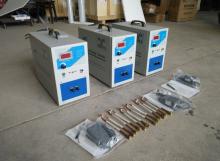

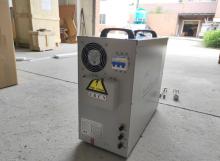
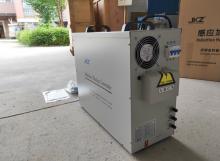
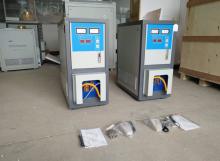
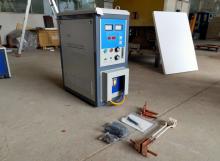
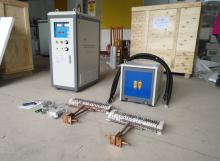
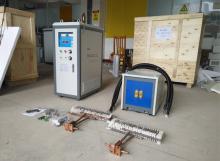
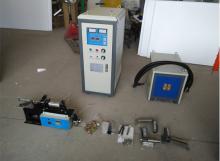
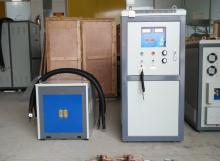

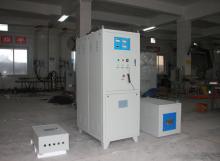
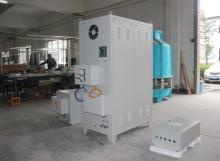

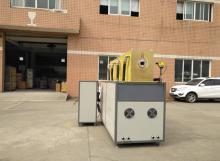
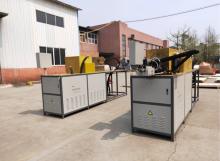
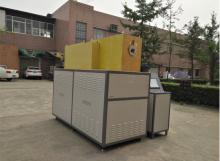

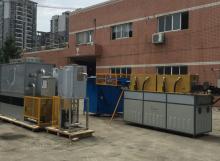
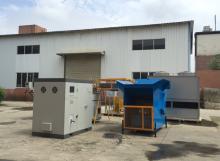
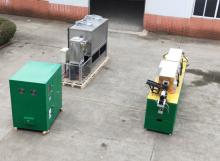
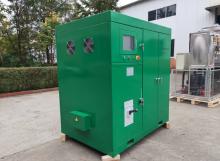
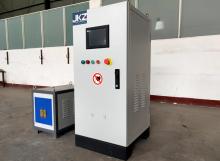
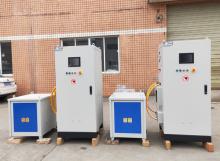
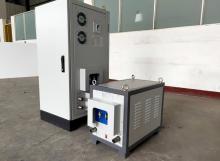

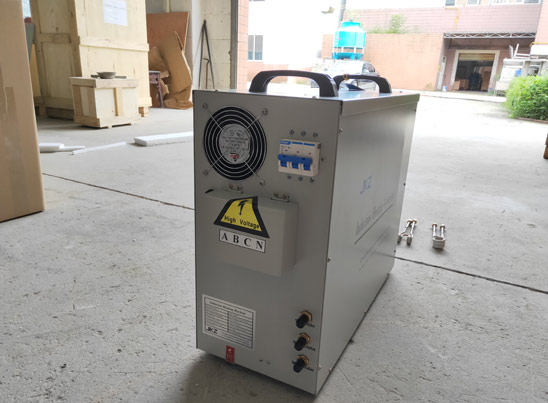
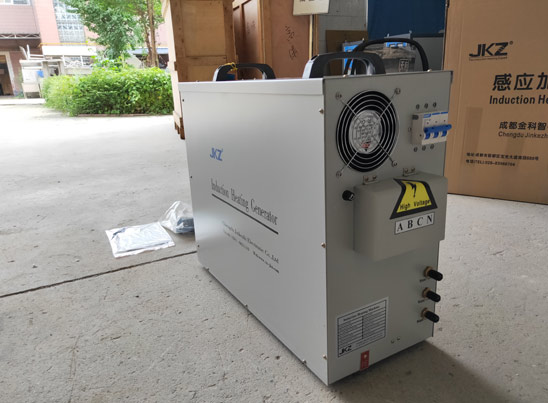






 Call us on:
Call us on:  Email Us:
Email Us:  NO. 688th South Baoguang Road, Xindu District, Chengdu City, Sichuan Province, China
NO. 688th South Baoguang Road, Xindu District, Chengdu City, Sichuan Province, China